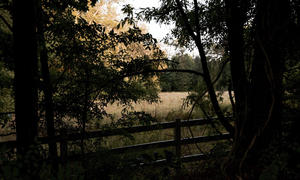Speak Out for Understanding



Millions of young people in the United States are children of immigrant families. And many immigrant children are feeling high levels of fear and anxiety right now due to the current anti-immigrant political environment. All students in the U.S. have a right to public education, “regardless of a child’s or guardian’s citizenship, immigration status, or English language proficiency. These rights were upheld by the U.S. Supreme Court in its landmark 1982 decision in Plyler v.


This year marks the 55th anniversary of the Selma-to-Montgomery march for voting rights. Hundreds of activists, students and educators organized and marched bravely in the face of racist violence and arrests. Use these resources to teach how the Selma organizers achieved one of the most significant victories of the civil rights era: the passing of the Voting Rights Act of 1965.
October is LGBTQ+ History Month. LGBTQ+ people have always existed, but LGBTQ+ history, which is an integral part of the history of the United States, has often been ignored or erased. We offer a few of our resources for learning and teaching about the contributions of LGBTQ+ people, including articles, posters and our 13-episode podcast series, Queer America, devoted to this understudied history.